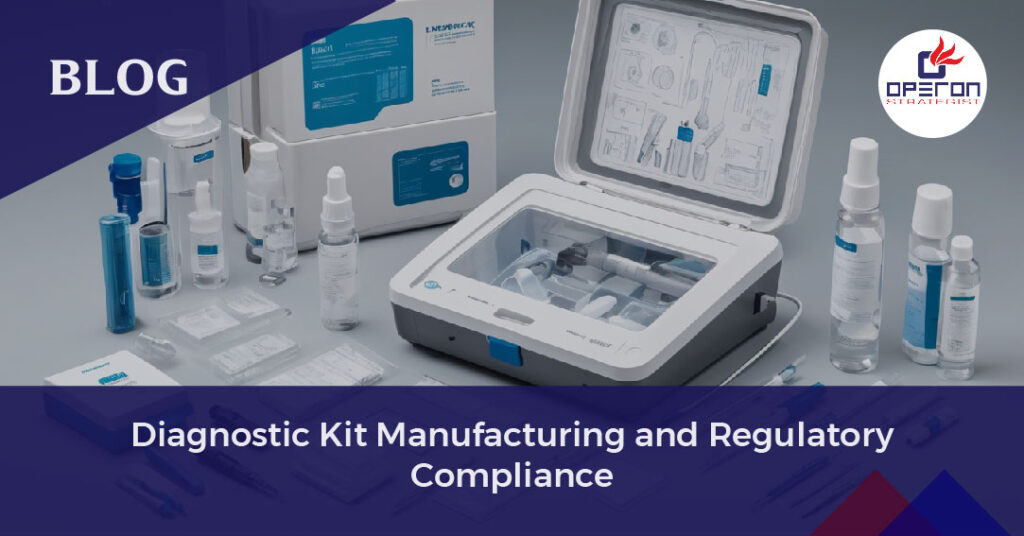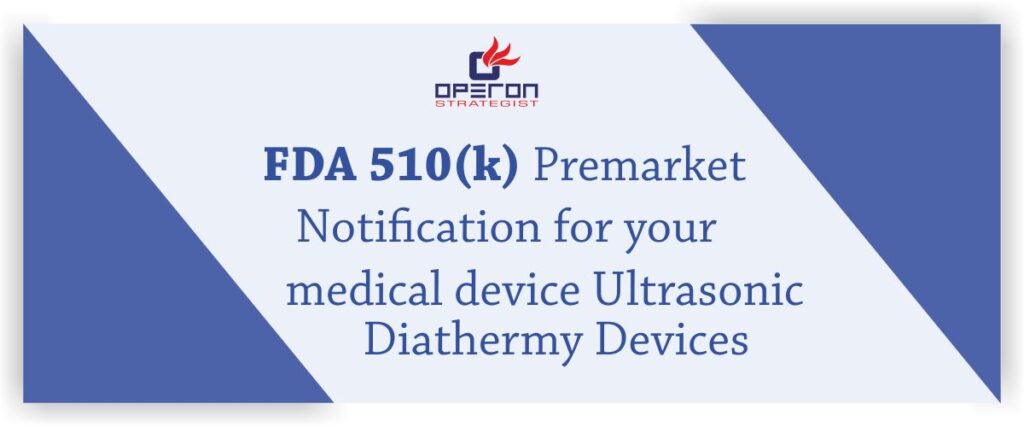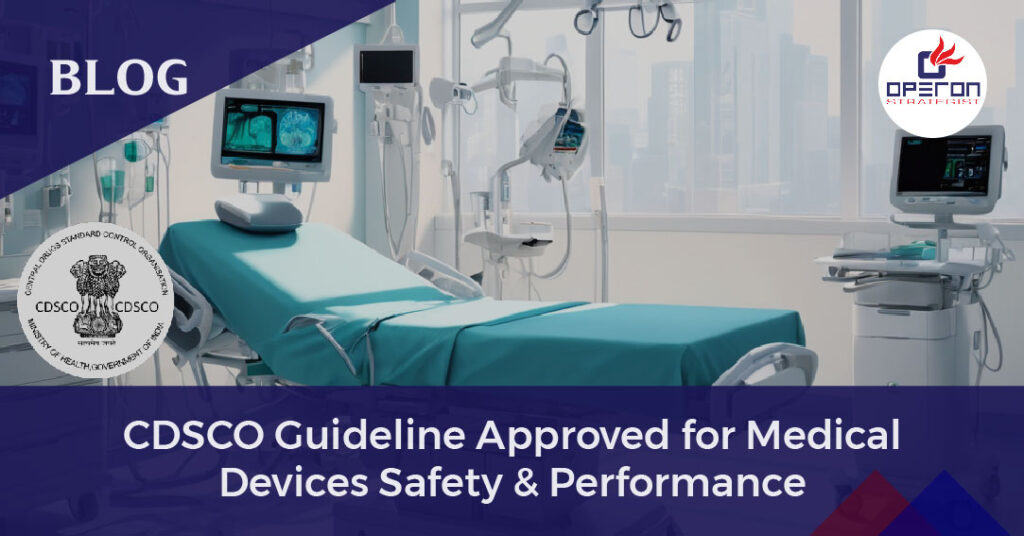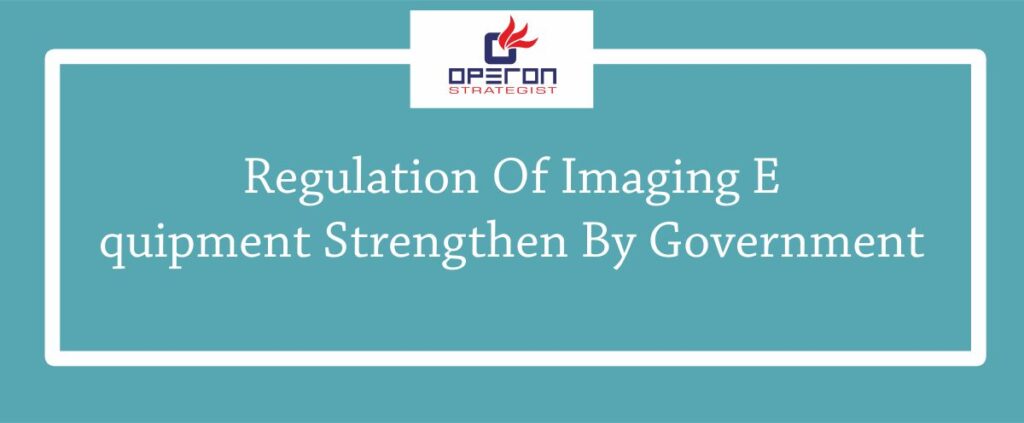Introduction to Diagnostic Kit Manufactruing:
The diagnostic kit industry is rapidly expanding, fueled by breakthroughs in biotechnology and the global demand for accessible, accurate healthcare solutions. Diagnostic kits such as rapid diagnostic tests (RDTs), polymerase chain reaction (PCR) kits, and enzyme-linked immunosorbent assays (ELISAs) are essential tools for early disease detection, monitoring, and public health management.
For manufacturers, developing and launching these kits goes beyond scientific innovation. It requires navigating a complex regulatory framework to ensure product safety, clinical performance, and full compliance with international standards. This article explores the key phases of diagnostic kit manufacturing, from R&D and validation to regulatory approval and post-market surveillance.
Looking For a Medical Device Regulatory Consultant?
Let’s have a word about your next project
Diagnostic Kit Manufacturing Process
1. Research and Development
The development of a diagnostic kit begins with extensive research and development (R&D). This phase involves identifying target biomarkers, designing assay protocols, and optimizing test conditions. Key steps include:
- Biomarker Identification: Selecting specific proteins, nucleic acids, or other molecules indicative of the disease or condition.
- Assay Development: Creating a reliable, reproducible method to detect the biomarker.
- Prototyping and Optimization: Developing initial prototypes and refining them to enhance sensitivity, specificity, and usability.
2. Validation and Verification
Once a prototype is developed, it undergoes rigorous validation and verification to ensure its performance meets predefined criteria. This includes:
- Analytical Validation: Assessing accuracy, precision, specificity, sensitivity, and limit of detection.
- Clinical Validation: Testing the kit in real-world conditions to confirm it provides accurate and reliable results in the intended use population.
- Verification: Ensuring the kit consistently performs according to its specifications in routine production.
3. Scale-Up and Manufacturing
Successful validation leads to scaling up production. This phase involves:
- Process Development: Establishing standardized procedures for large-scale manufacturing.
- Quality Control (QC): Implementing QC measures to monitor each step of the production process.
- Automation: Utilizing automated systems to enhance efficiency and reduce human error.
- Packaging and Storage: Ensuring kits are properly packaged and stored to maintain stability and integrity.
Need Clarity on Diagnostic Kit Manufacturing? Let Our Experts Guide You!
Regulatory Compliance for Diagnostic Kit Manufacturing
The regulatory landscape for diagnostic kits is stringent and varies across different regions. Key regulatory bodies include the U.S. Food and Drug Administration (FDA), the European Medicines Agency (EMA), and other national health authorities. Compliance involves several critical steps:
1. Pre-Market Approval
Before a diagnostic kit can be marketed, it must undergo a pre-market approval process, which typically includes:
- Regulatory Classification: Determining the classification of the diagnostic kit based on risk level (Class I, II, or III in the U.S.).
- Pre-Submission Meetings: Engaging with regulatory bodies to clarify requirements and expectations.
- Clinical Trials: Conducting clinical trials if required, particularly for higher-risk kits.
- Submission Dossier: Preparing and submitting a comprehensive dossier containing all relevant data, including R&D findings, validation results, and manufacturing details.
2. Quality Management System (QMS)
Maintaining a robust QMS is essential for regulatory compliance. This involves:
- ISO 13485 Certification: Adhering to the international standard for medical device quality management systems.
- Good Manufacturing Practices (GMP): Ensuring manufacturing processes meet GMP standards to guarantee product quality and safety.
- Regular Audits and Inspections: Undergoing periodic audits by regulatory bodies to ensure ongoing compliance.
3. Post-Market Surveillance
Once the diagnostic kit is on the market, manufacturers must continue to monitor its performance through:
- Post-Market Surveillance (PMS): Collecting and analyzing data on the kit’s performance in real-world settings.
- Adverse Event Reporting: Reporting any adverse events or malfunctions to regulatory authorities promptly.
- Continuous Improvement: Implementing corrective actions and improvements based on PMS findings.
Conclusion
The manufacturing and regulatory compliance of diagnostic kits are complex, multi-faceted processes that require a blend of scientific innovation, meticulous planning, and adherence to stringent regulatory standards. By navigating these challenges effectively, manufacturers can ensure their diagnostic kits are not only safe and effective but also readily accessible to healthcare providers and patients worldwide, ultimately contributing to improved health outcomes
Partner with Operon Strategist to Navigate Your Diagnostic Kit Journey!
Are you looking to navigate the intricate process of diagnostic kit manufacturing and regulatory compliance? Our team of experts is here to guide you through each step, ensuring your products meet the highest standards of quality and compliance. We also provide assistance with manufacturing plant layout design and turnkey solutions to streamline your operations. Contact us today to learn more about how we can support your journey from concept to market.
FAQs
Is ISO 13485 certification mandatory for diagnostic kit manufacturers?
ISO 13485 is not legally mandatory in all regions but is a globally recognized standard for quality management systems in medical devices, including diagnostic kits. It is essential for market access in the EU, Canada, and many other countries.
Can I export diagnostic kits without a local manufacturing license?
No, most countries including India require manufacturers to hold a valid license or authorization for manufacturing before they can export. Additional export licenses or certificates may also be necessary depending on the destination country.
What is the difference between IVD kits and diagnostic kits in regulatory terms?
IVD (In Vitro Diagnostic) kits are a subset of diagnostic kits specifically intended for use outside the human body, often requiring distinct classification and regulatory pathways compared to diagnostic kits used in clinical or laboratory settings.
- adminhttps://operonstrategist.com/author/admin-2/
- adminhttps://operonstrategist.com/author/admin-2/
- adminhttps://operonstrategist.com/author/admin-2/
- adminhttps://operonstrategist.com/author/admin-2/




